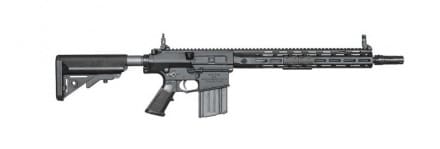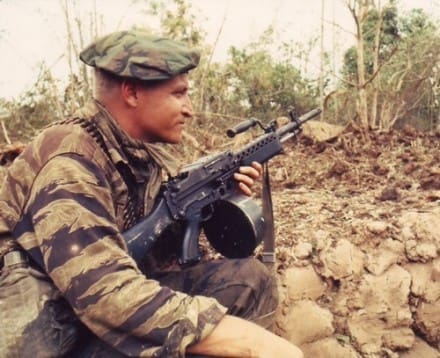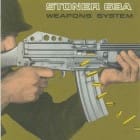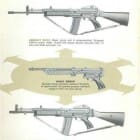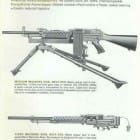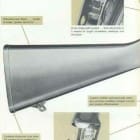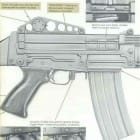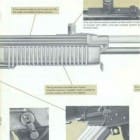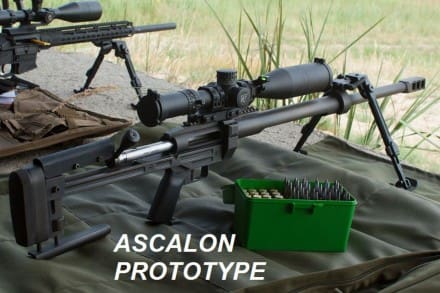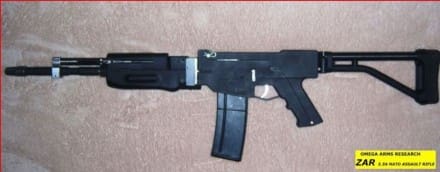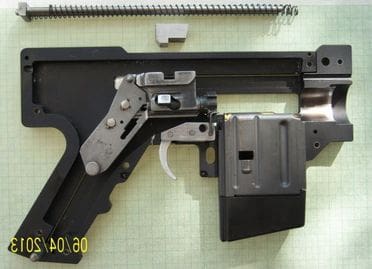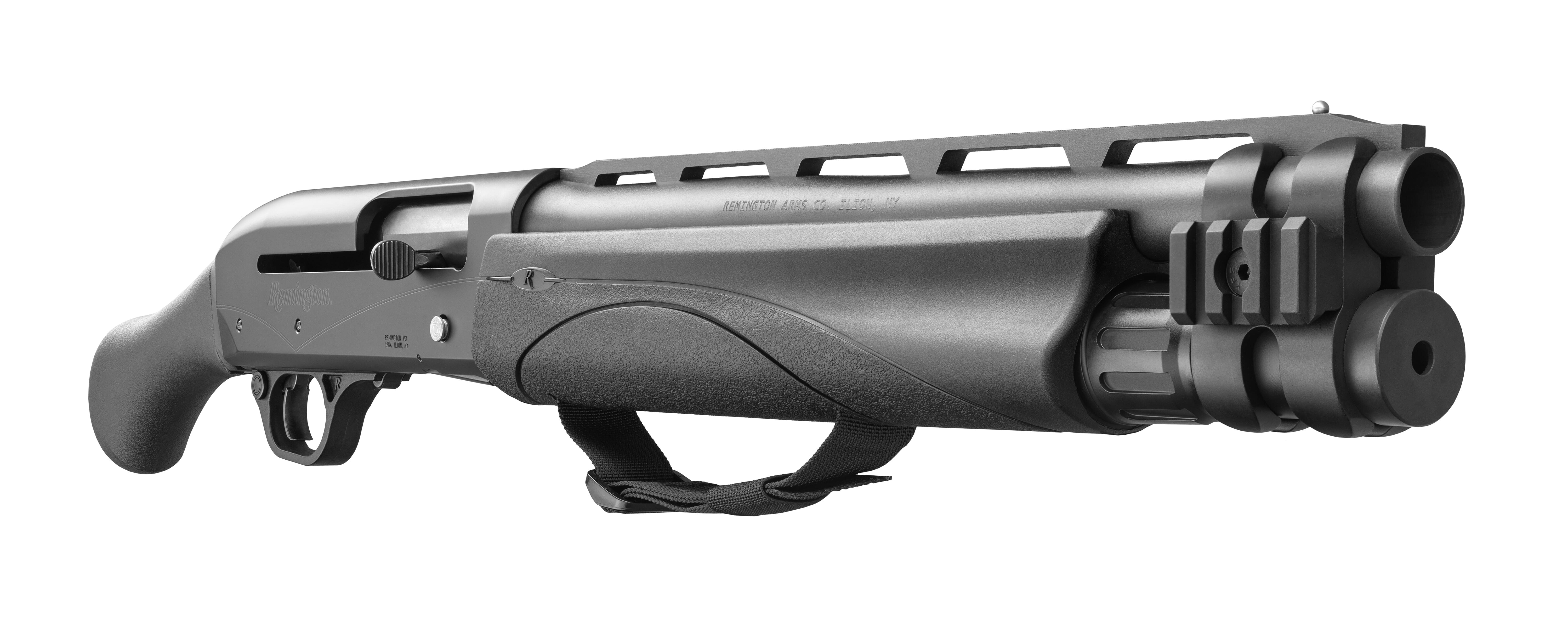Plano, TX (October, 2018) – Shadow Systems, a US-based manufacturer of Glock compatible firearms, parts, and accessories, is proud to announce the release of 5 Limited Edition Thin Blue Line Pistols, to support the National Law Enforcement Officers Memorial Fund. 100% of the $1,500 purchase price of each limited edition pistol will be donated to the National Law Enforcement Officer Memorial Fund or another law enforcement charity of the customer’s choice.
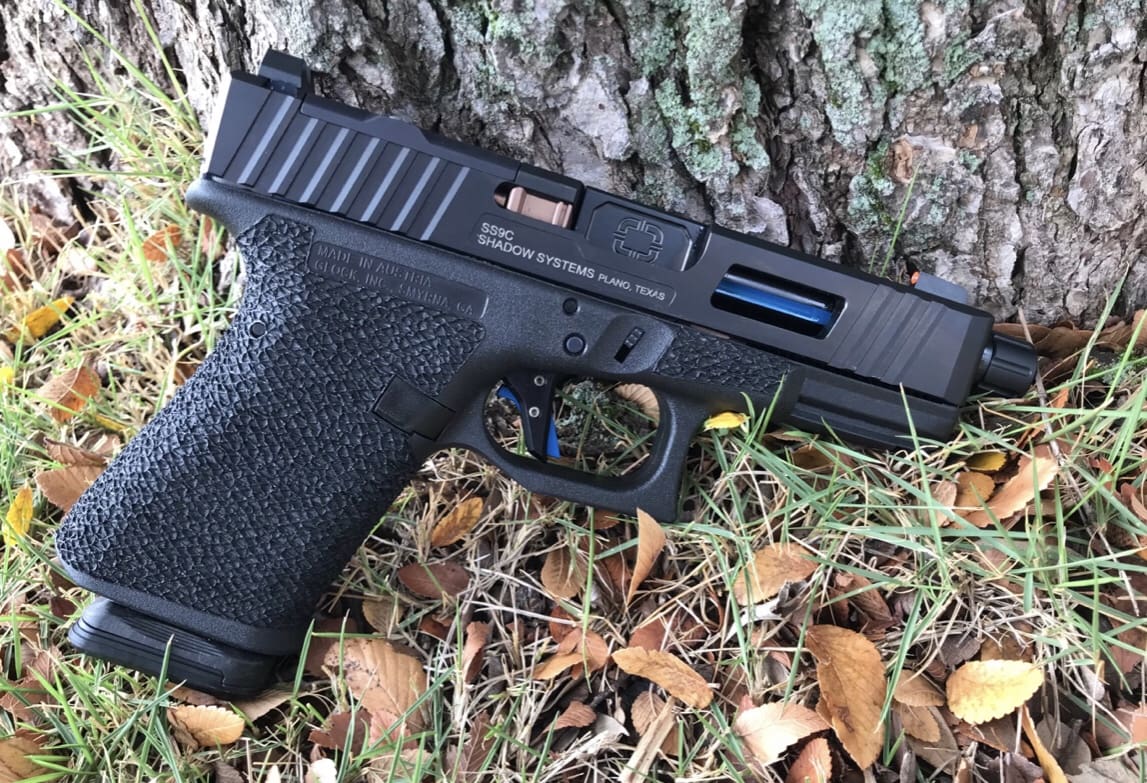
The Shadow Systems team is made up of former law enforcement officers and military veterans, and has been a supporter of military and law enforcement groups since the company’s founding. Considerations from using weapons in the field as LEOs and in military combat have been what fuels the engineering behind the Shadow Systems product line; the company has even created custom offerings at the request of law enforcement agencies.
The Thin Blue Line Limited Edition pistols were created to show pride for law enforcement and the company has decided to take that pride one step further by donating 100% of the purchase price of each pistol to a law enforcement charity.
“Our team has the utmost respect for our law enforcement community. We acknowledge how difficult their job is and are happy to have the opportunity to support their community with the release of this pistol. I am hopeful that our modest donation will find its way to provide some small relief to the families of those heroes who have fallen in the line of duty.”
– Trevor Roe, General Manager
The Thin Blue Line Pistol features the Optics Ready Window Cut Slide, which accomodates a Trijicon RMR or Holosun red dot optic. The window cut on the slide allows a blue-lined Threaded Fluted DLC Barrel to peek through. The Glock frame of the pistol has been modified with a hand-done Enhanced Traction stippled grip job featuring a double undercut, scalloping around the magazine button, and the addition of index pads to each side of the frame; these modifications allow the gun to sit more comfortably in the hand and provide enhanced controllability without feeling too rough to carry daily. Machined from hardened 17-4 stainless steel and coated in cutting edge hard-use DLC, the slide features aggressively raked front and rear serrations and precisely executed chamfers and radiuses throughout. The Thin Blue Line Pistol also features the Shadow Systems Elite Flat-Faced Aluminum Trigger, with a blue coating along with a tuned 4-4.5lb pull weight trigger pack.
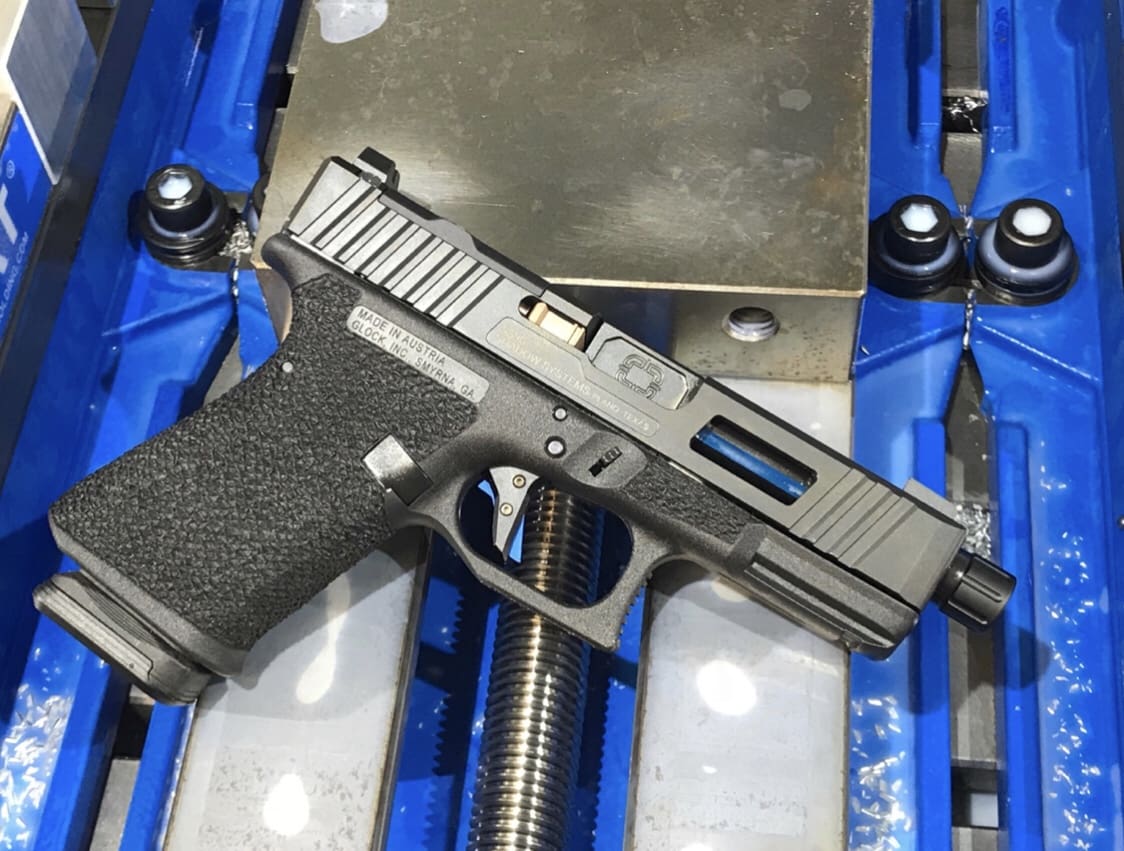
Shadow Systems is a portfolio company of Catalyst Holdings. Visit www.shadowsystemscorp.com; engage on Facebook at www.facebook.com/ShadowSystemsCorp; follow on Instagram at instagram.com/shadowsystemscorp.


